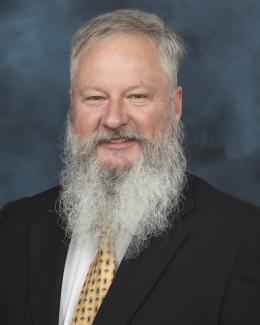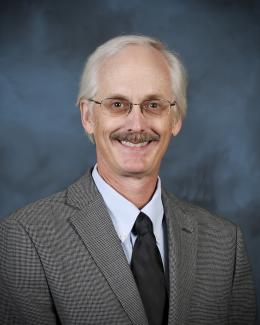Abstract
A continuous pellet fueling system (CPFS) is currently being designed at the Oak Ridge National Laboratory (ORNL) for the long pulse operation of the Wendelstein 7-X (W7-X) stellarator. The purpose of the CPFS is to provide deep continuous fueling for feedback-controlled high-density operation and mitigation of predicted hollow density profiles. The system will provide the capability to inject cylindrical pellets of solid hydrogen or deuterium into the plasma core, with flexibility to vary the pellet size, velocity, and injection frequency. Pellets are nominally of 3 mm in diameter and have a length between 1 and 4 mm. The heart of the CPFS is a vertically oriented, twin-screw extruder, cooled by three Gifford-McMahon cryocoolers in parallel, designed to form a continuous filament of hydrogen or deuterium. The filament width, which determines the pellet length, can be adjusted by means of a variable nozzle driven by a linear actuator at the base of the extruder. Coupled to the nozzle is a solenoid-operated gas gun and cutter assembly. A pneumatic propellant valve pulses a burst of ~60 bar helium to accelerate the cut pellet into W7-X. Three gaps in the guide tubes provide pumping locations to remove the helium propellant before it reaches the plasma. The maximum velocity of the pellet is limited by its ability to survive navigating the guide tube trajectory intact. A microwave cavity located within the guide tube provides the capability to measure the pellet size and velocity. The mechanical and thermal designs of the W7-X extruder, adjustable nozzle, and gun and cutter assembly design are described. A guide tube design and experimental pellet survivability test results are presented.





